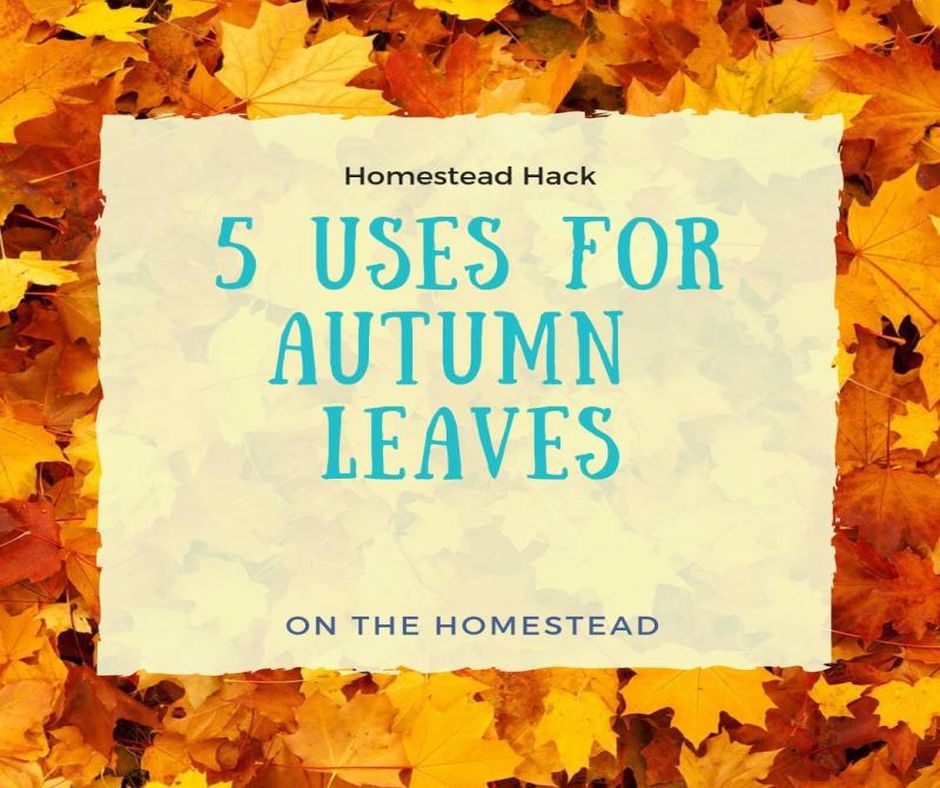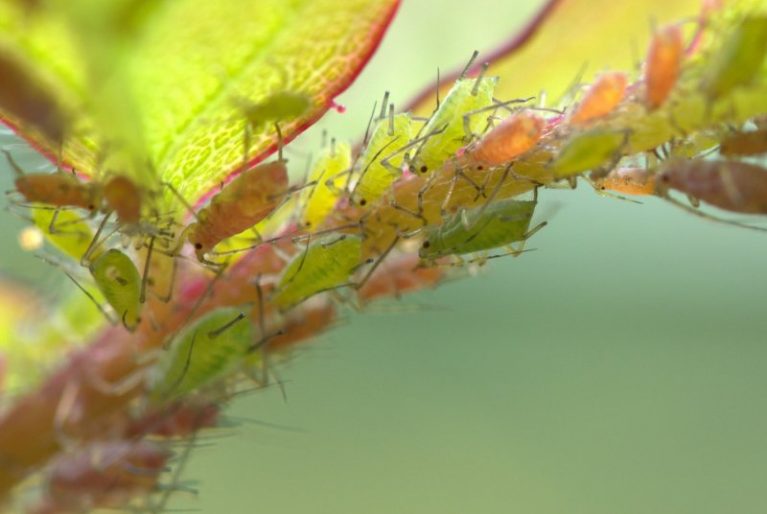5 Uses for Autumn Leaves On The Homestead
I get commissions for purchases made through links in this post. View our Affiliate Disclaimer.
For many, autumn leaves are just another seasonal chore! But this resource can be so much more. Try out these 5 uses for autumn leaves on the homestead, or even for your suburban garden!
5 Uses For Autumn Leaves On The Homestead – 1 – Mulch
Rake up the leaves and distribute them on the ground around the base of your plants. Distribute the leaves around your plants by hand, crushing the dry leaves in your hand as you go along. Alternatively you can shred the leaves with a garden shredder if you have one, or run your mower over them a few times. If you do not shred them, the whole leaves form a compact, matted layer that prevent air and water filtering down to the soil and your plants roots below.
Additional Essential Homestead Resources
✅ Medicinal Garden Kit - Grow medicine in your garden! A collection of seeds to get you started.
✅ Homesteaders Handbook - A printed book that covers all the basics for homesteaders.
✅ The Self-Sufficient Backyard - This book is an excellent resource for self-sufficiency on 1/4 acre!
✅ Into The Wild Survival Pack - Learn foundational survival skills every homesteader should know!
You can make the layer a few inches deep, depending on the size of the plants you are placing the mulch under. Give the shredded leaf mulch a good watering down to stop the wind blowing them away.
Mulch acts as a protective layer which keeps moisture in the soil and reduces weeds sprouting in your garden! As they decompose, they also provide nutrients to your growing plants and improve the quality of the soil.
To make leaf mulch even more effective, mix with wood chips or grass cuttings.
Mulch is great to use on your home vegetable garden and it will reward you with stronger healthier plants, while reducing their water needs!
5 Uses For Autumn Leaves On The Homestead – 2 – Compost
Those of you who make your own compost know that you should layer your compost with alternating layers of green and brown compost material. Autumn leaves make the ideal brown layer for your compost pile!
Shredding the leaves first, using the methods mentioned above, will help them to decompose quicker. Layer the shredded leaves between your green layers of compost which can be prunings, grass clippings or vegetable peelings from your kitchen.
The reason for layering brown and green components in a compost pile is that good compost requires a balance of carbon and nitrogen materials. The brown layer provides the carbon component, while the green layer provides the nitrogen component.
Cover your compost pile with a tarp and turn it over (mix thoroughly) every couple of days. This helps the organic matter to break down evenly. In about two months you will have a rich, earthy smelling, dark brown compost for use in your garden.
5 Uses For Autumn Leaves On The Homestead – 3- Store Them
You may find that you have too many leaves left over after making your compost pile and mulch layer. Bag the excess leaves up and store them in a cool dry place for the spring time.
Green material is more readily available in spring and summer to make a compost pile, but the brown layer can be a bit harder to find. Storing the leaves you make sure you have enough material for your compost and mulching in summer.
5 Uses For Autumn Leaves On The Homestead – 4 – Leaf Mould
Leaf mould is basically leaf compost. The differences are that it is made entirely of leaves (brown layer), with no green material added, and the method of breakdown.
The process of breaking down leaves to make leaf mould is primarily through the action of fungi as opposed to bacteria as in the making of traditional compost.
The fungi take much longer to break down the leaves into a useable material. The advantage of the slow process is that the end result has a higher density of nutrients than normal compost.
This project is not a short one. It can take up to a year or more for the leaves to completely degrade. The process can be helped along by periodically turning the leaves over and adding water.
You can use leaf mould at various stages of decomposition, but that will be the topic of another post!
5 Uses For Autumn Leaves On The Homestead – 5 – Insulation
If you live in a temperate climate, where you don’t get too much frost, you can use autumn leaves as an insulator for young plants.
Place wire fencing around the plant and stuff the fallen leaves into the wire mesh around the plant. Don’t cover the plant completely, but only stack the leaves to just under the green leaves of the growing plant.
The layer of leaves will raise the temperature a few degrees, particularly as they begin to decompose and generate heat.
This may be enough to stave off frost in the colder nights of a temperate climate. In the springtime, after all chance of frost is gone, you can remove the wire, rake up the leaves and use them for mulch or compost.


Get more posts like this
Subscribe to our mailing list and get interesting homesteading and green living info and updates to your email inbox.
Thank you for subscribing.
Something went wrong.








Hi Frank,
Good article and great ideas for Autumn leaves. They are a natural protector for plants through the Winter and we use them every year to protect our plants with a little mulch on top of the leaves.